Without long preludes, otherwise I was once accused that in posts about such animals, I fill the text with water, although it is dry there and no one drowned (but this is not certain). So, hallucigenia is a genus of Cambrian xenusiids - animals hypothetically related to velvet worms and possibly the ancestors of their entire ornychophore group [1].
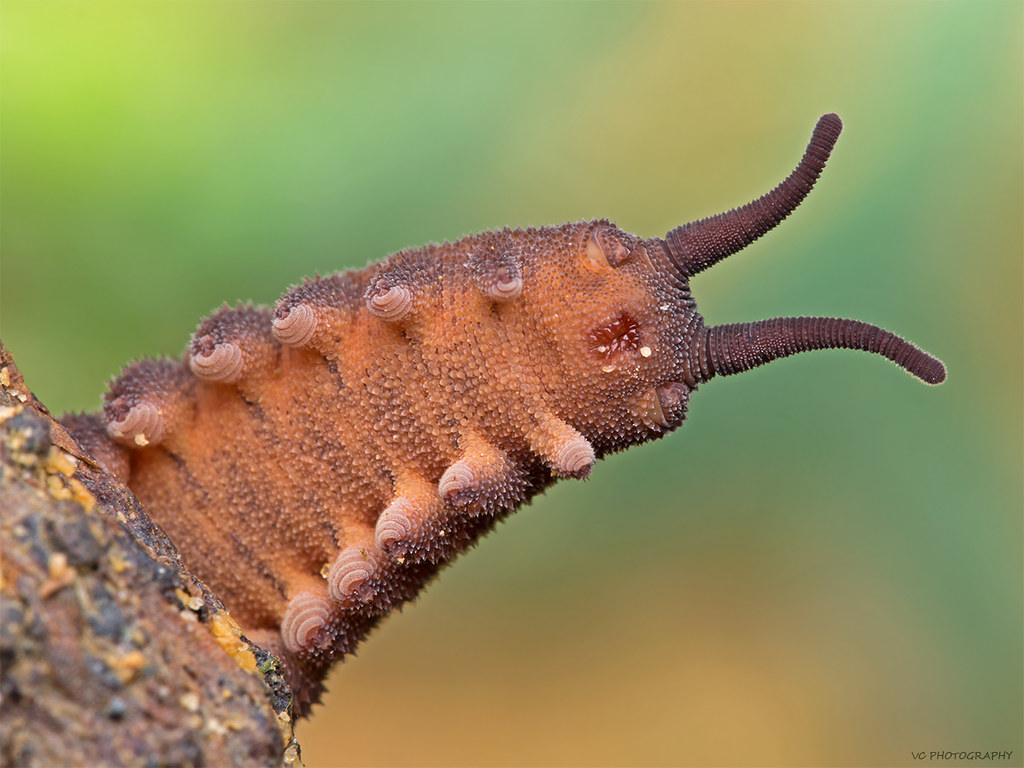
These animals are also called lobopods, or lobopodia worms. This is a collection of walking worms that contains a bunch of similar cute and strange critters. It is worth noting that this group of animals does not fall under the common definition of worms (tapeworms, round and annelids) at all, since it has a very close relationship to them. There is little in common that there is between these groups of animals, it is, perhaps, the worm-like body and their evolutionary entry into the party to the protostomes.
In all other respects, it is a completely self-sufficient animal, a correction, an extinct, self-sufficient animal from the Cambrian period, with a very "stubborn" history of study. Actually, the generic name of these protostomes reflects this entire history.

, , 1909 , , , - , [2]. , . , , . , [3].
, , , , , . , :: «, , — !». , . - 1977 , , — .

, . , , , — , , , . , , . , . , , . , , .
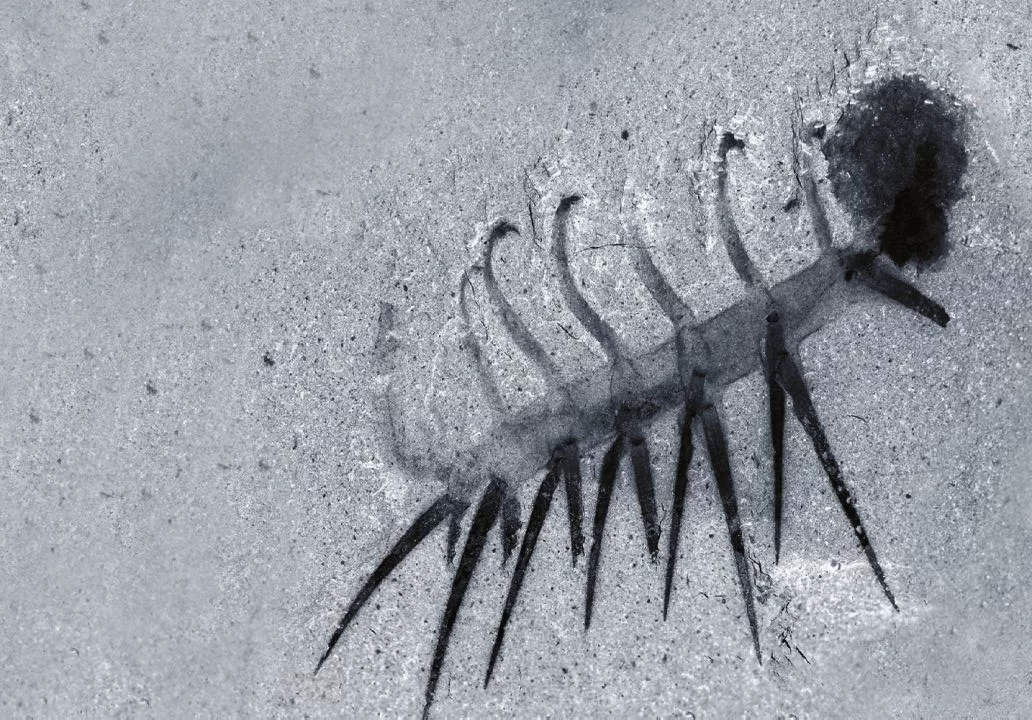
, , . , , , «», «-», . . . , , , , , — , . , , , , , , !

. , , . — , , , [4;8].
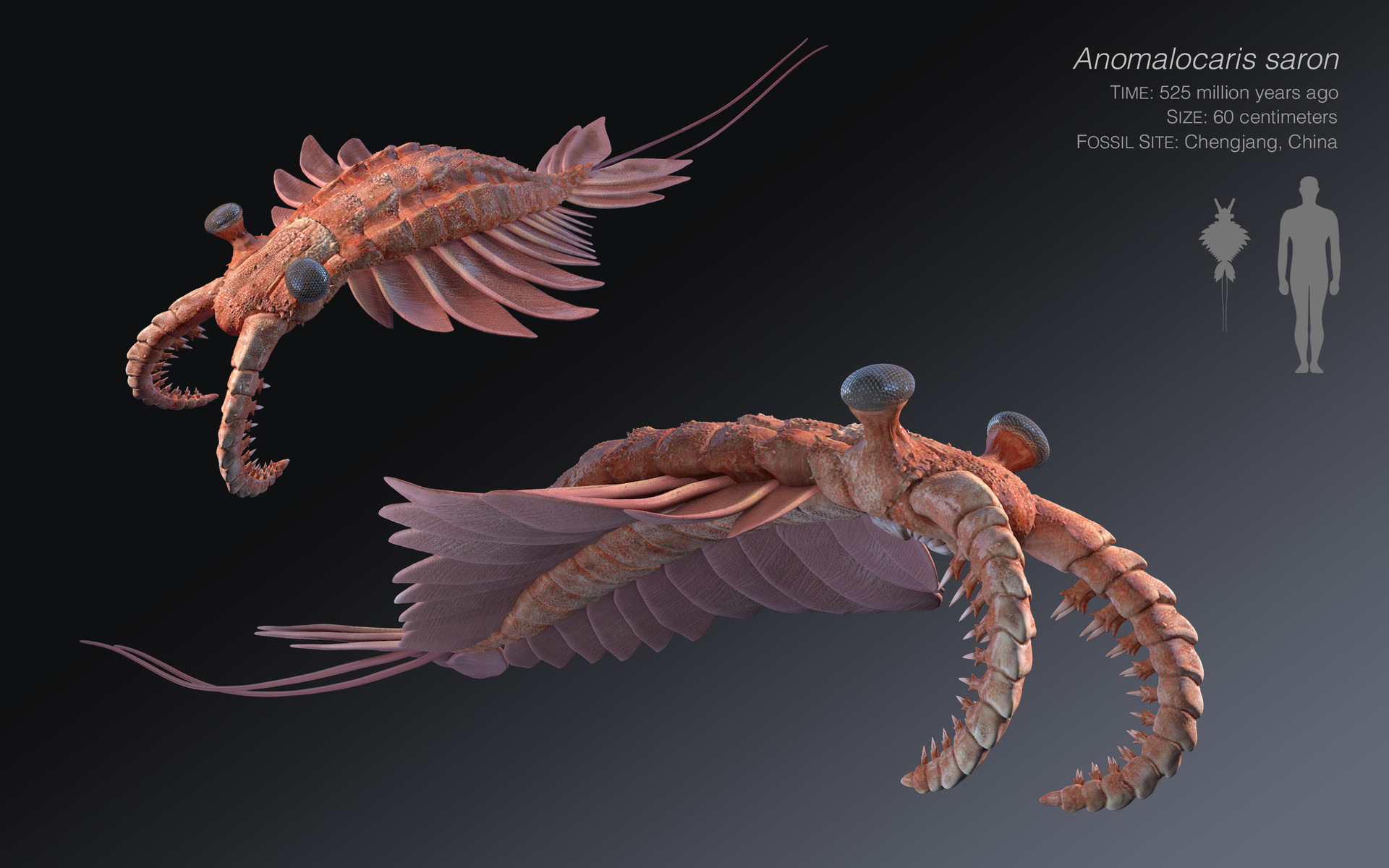
, , , «», « ». , , , . , 1991 , , .
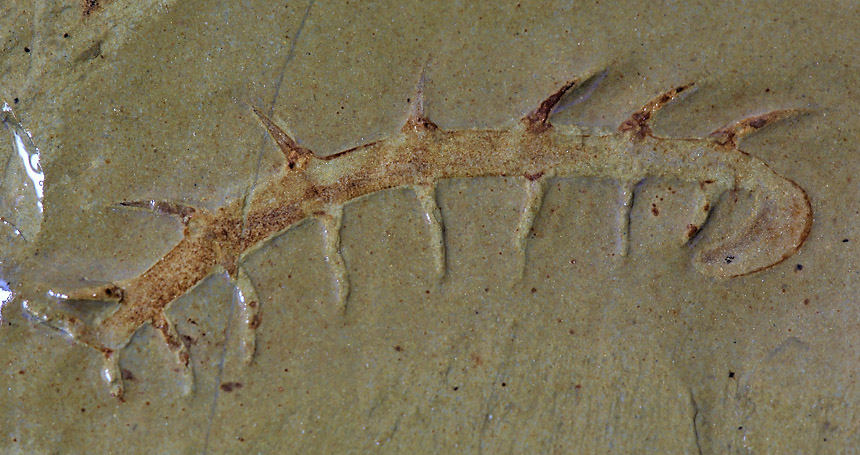
, «». «», , , , . , « » , , [5].
, , , , — , . , «» . , , . .
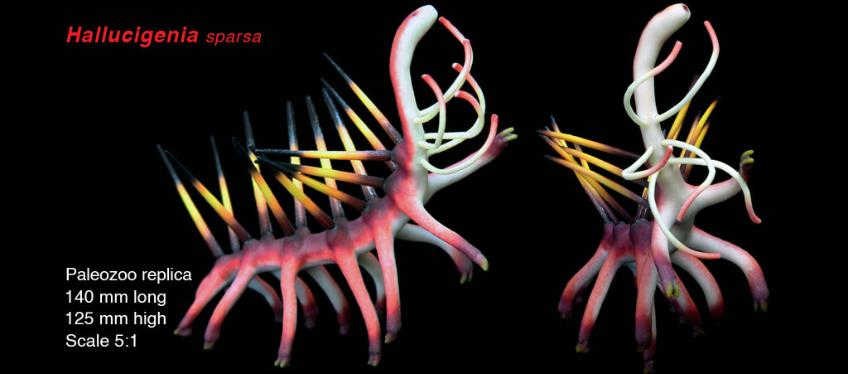
, 5, 5 , , «». . «» «» , , .
, . , , , [3; 6; 7]. - . , , . , Hallucigenia sparsa «», Hallucigenia hongmeia , [3]. , , [3].
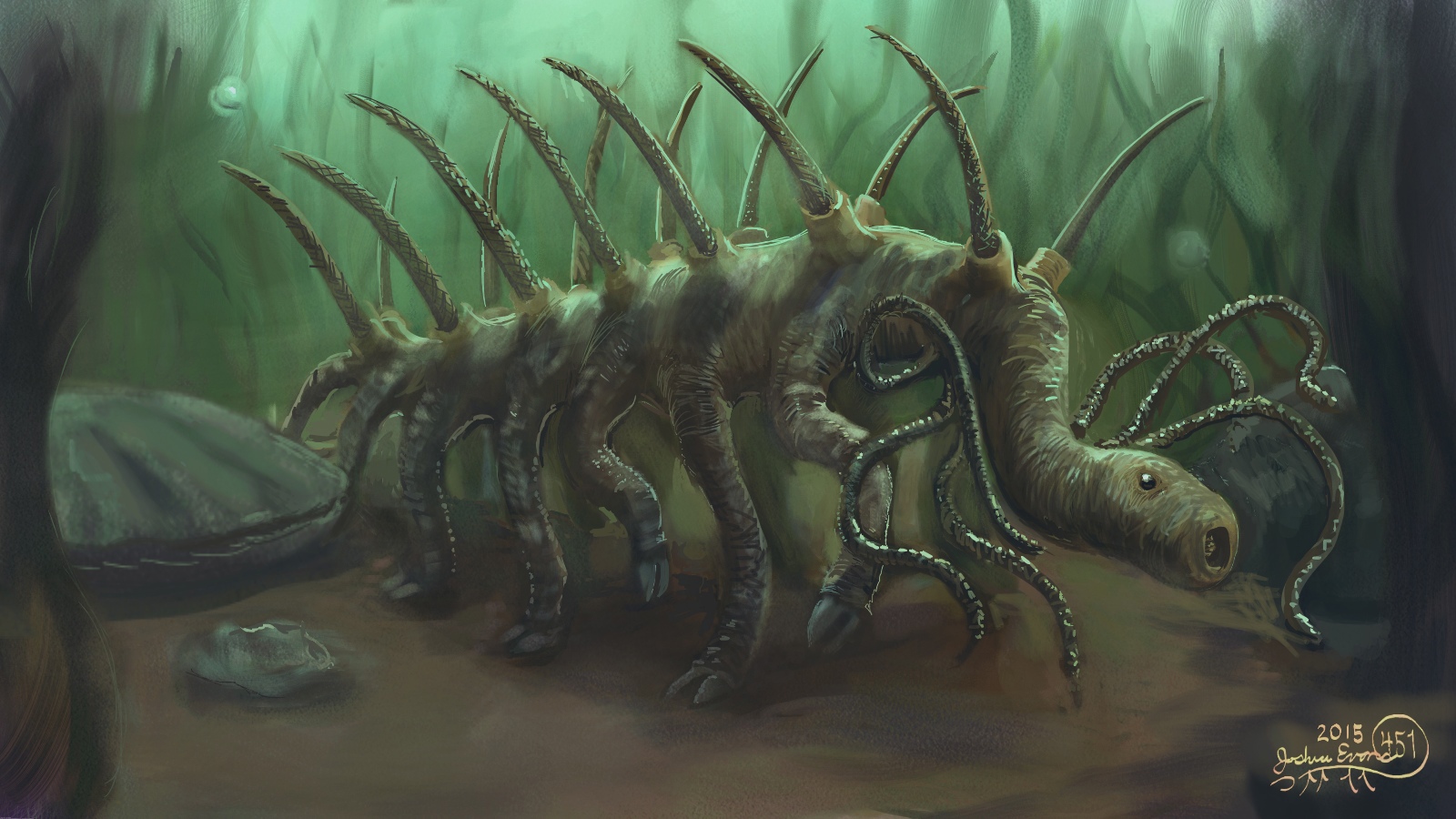
:
1) https://academic.oup.com/zoolinnean/article-abstract/..
2) The Burgess Shale (Middle Cambrian) fauna SC Morris - Annual Review of Ecology and Systematics, 1979
3) https://en.wikipedia.org/wiki/Hallucigenia#cite_note-..
4) https://archive.org/details/wonderfullifebur00goul
5) https://onlinelibrary.wiley.com/doi/abs/10.1111/j.150 ..
6) Smith, Martin R .; Caron, Jean-Bernard (2015). "Hallucigenia's head and the pharyngeal armature of early ecdysozoans" (PDF). Nature. 523 (7558): 75–78.
7) https://www.bbc.com/news/science-environment-33262884
8) https://www.palass.org/publications/palaeontology-journal/archive/22/3/article_pp631-664